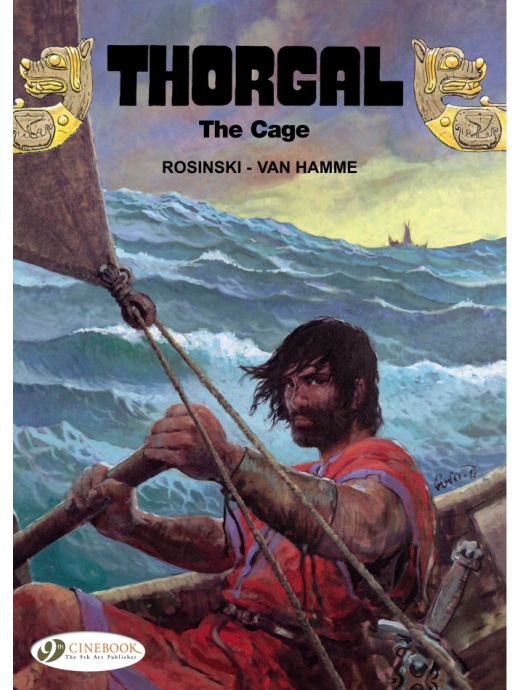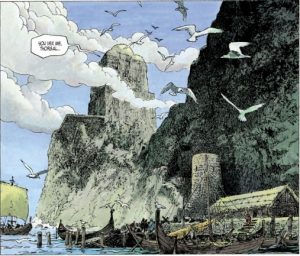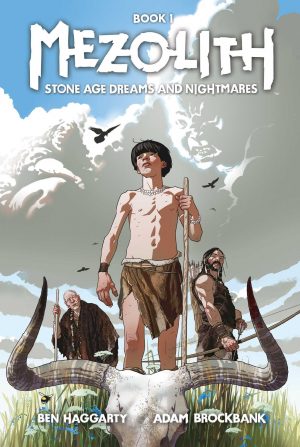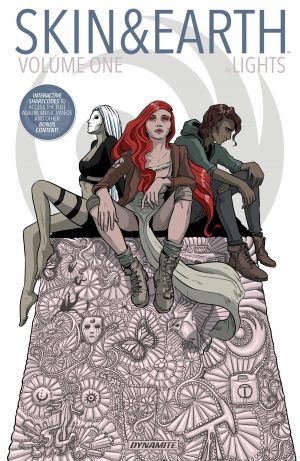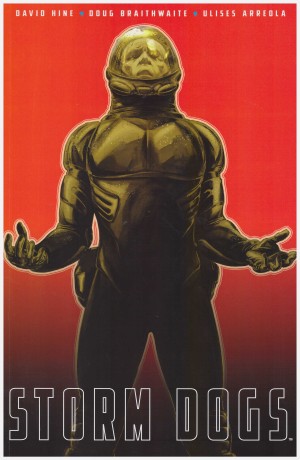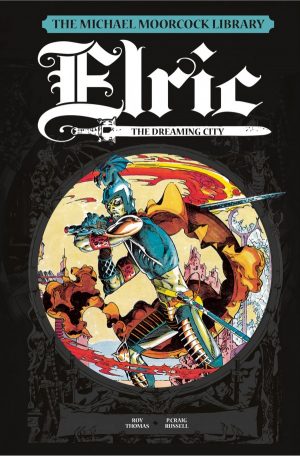Review by Jamie McNeil
After the events of Giants, Thorgal is finally making his way home to his family after nearly four years separation. To understand why, it’s best to read the preceding volumes, but nevertheless the decision to leave his family has never been a popular one with his wife Aaricia, the consequences of Thorgal’s decision disastrous for his entire family. With his memory recovered, he’s willing to atone for the misery he has caused. Someone has been manipulating Thorgal throughout, something Aaricia and son Jolan have been painfully aware of, even to the point of making a deal with dangerous unreliable people in a desperate effort to free him, and subsequently placing them in jeopardy. Unaware that her husband is free, how will Aaricia react to seeing him? Can she really ever trust him again? With reprobates and miscreants about to descend on their island home, Aaricia might not have a choice.
The Cage is the 24th Thorgal album, the 15th in Cinebook’s chronology as they combined the earliest books. The title refers to a wooden cage that serves as a central plot device both literally and metaphorically. The proverbial cage can prove a useful analogy on many levels, so just what does the cage represent here? The answer is many things from regret and shame holding us back from happiness, to boundaries (security, emotional, political) we erect to keep ourselves safe from what we fear, whether rational or irrational. Thorgal co-creator and writer Jean Van Hamme endeavours to explore these themes with the literal imagery he scripts visually encapsulated by artistic co-creator Grzegorz Rosiński.
Having illustrated Thorgal for so long, there is very little to expect from Rosiński other than excellence, and The Cage is no exception. The wonder of the series is that it might veer into high fantasy, adventure, horror, political intrigue, sci-fi, psychological thriller or even compelling human drama at any point. Whatever the genre Rosiński has enviable skill, able to capture a cruel face or deep affection, which makes this drama so satisfying. While he is using simple backgrounds, in this case to focus on the cast’s interaction, there are still plenty of panels showcasing his jaw dropping eye for detail. Bear in mind that this is old-school, all drawn by hand and painted in watercolour. At the beginning of his career, Rosiński often rendered his villains in an almost pantomime fashion, as externally grotesque as their black souls. Gradually this changed with his most successful antagonists as beautiful as they were ruthless. He’s returned to the panto style again here because it fits with the occupation of the villains, grotesque not because he is rendering an unpleasant stereotype, but because their career paths have resulted in injuries contributing to their appearance. Van Hamme’s script itself is bittersweet, shot through with romantic notions common to the fantasy genre, yet realistic in how the consequences of actions and events in earlier books transpire. Romance works well when you can make your readership relate completely to the experiences of your cast. If Van Hamme couldn’t do that then Thorgal’s sales figures would not be in the multi-millions, helped of course by Rosiński’s exquisite art.
The Cage is a fine drama, complex and honest, realistic and hopeful. Even so far into the series, each album is consistently good. Thorgal is a story that progresses, the cast ageing and maturing, weathering the storms of time with grit and tenacity while the creators constantly experiment with new ideas and new directions. They venture down the horror avenue in the terrific Arachnea next.
